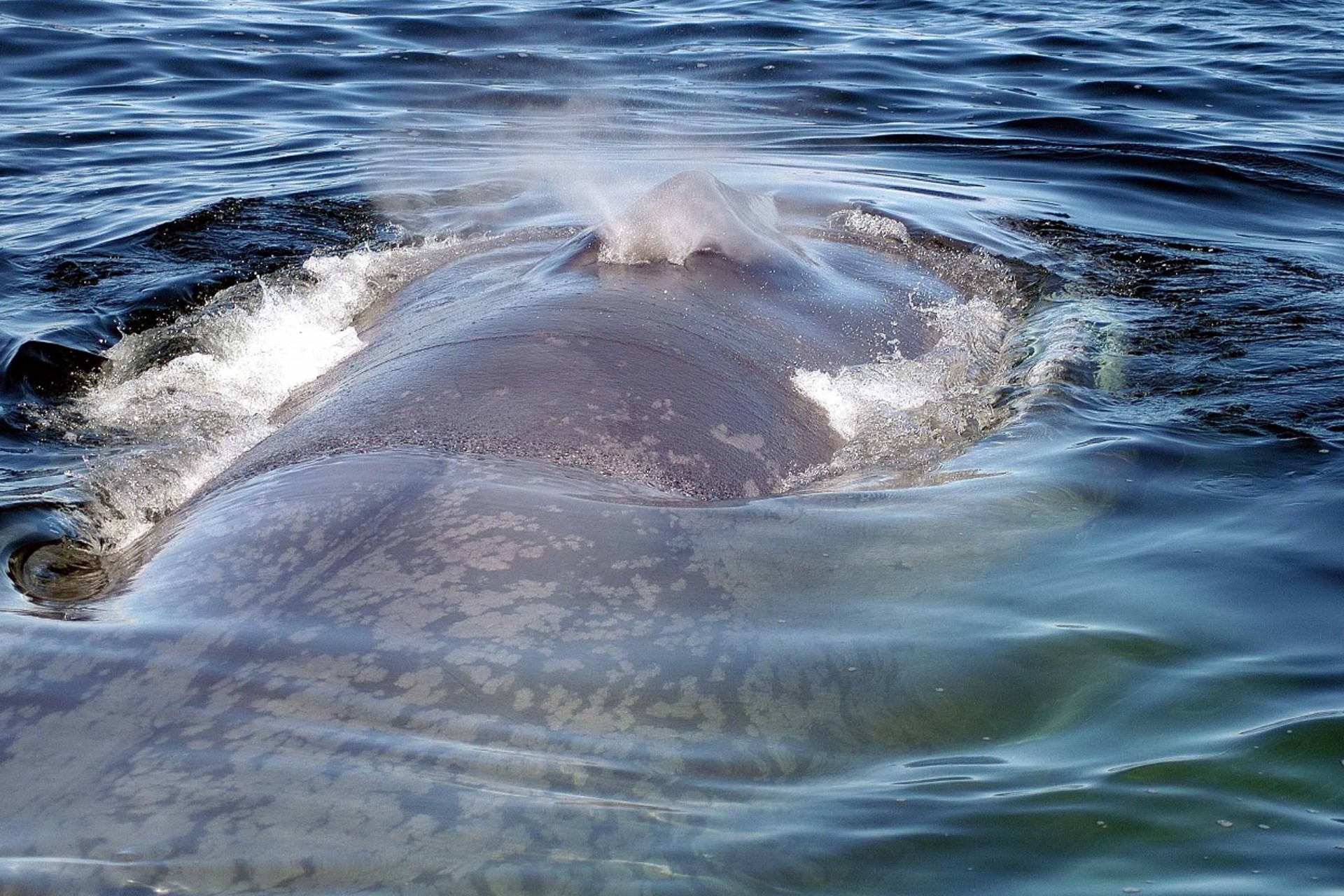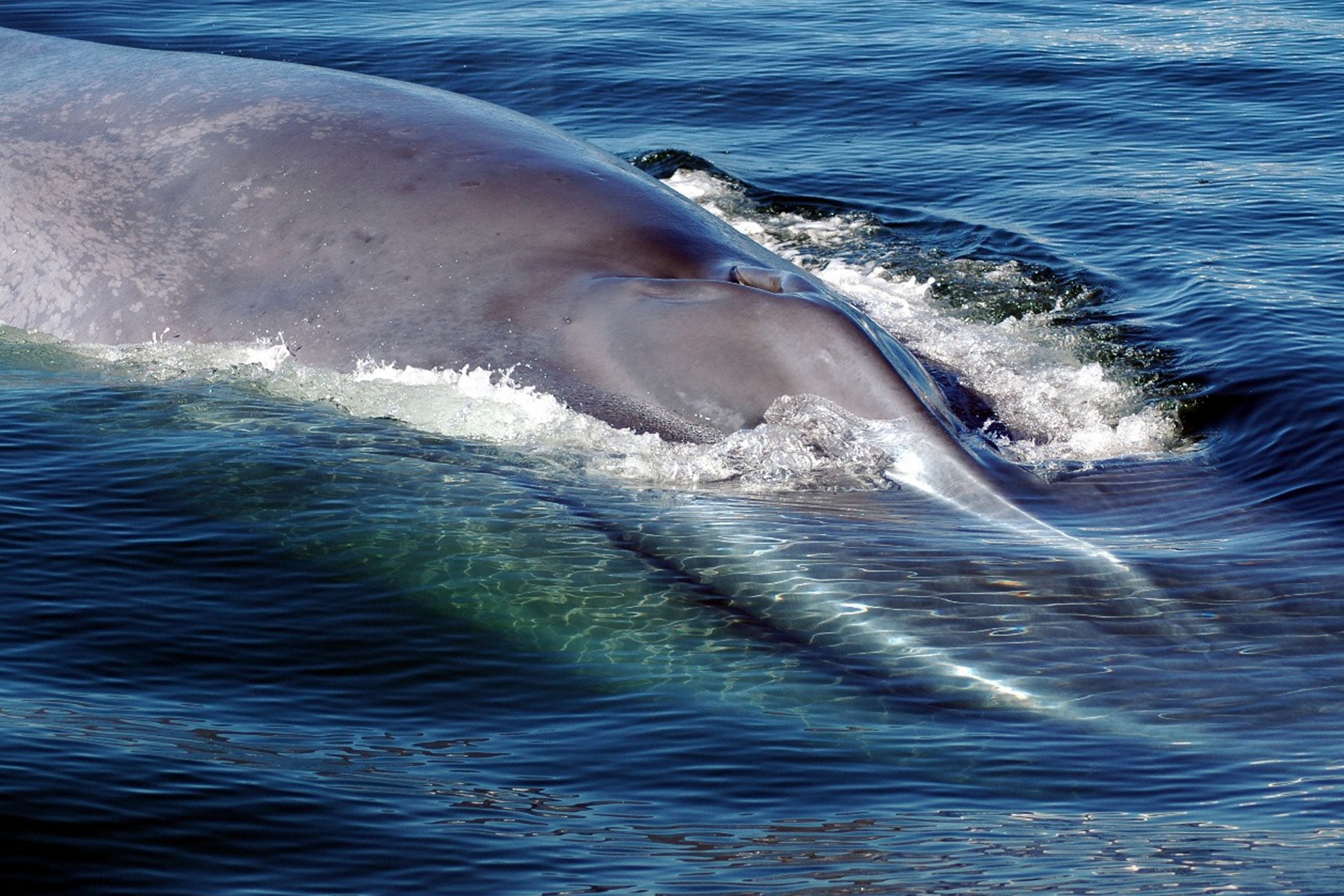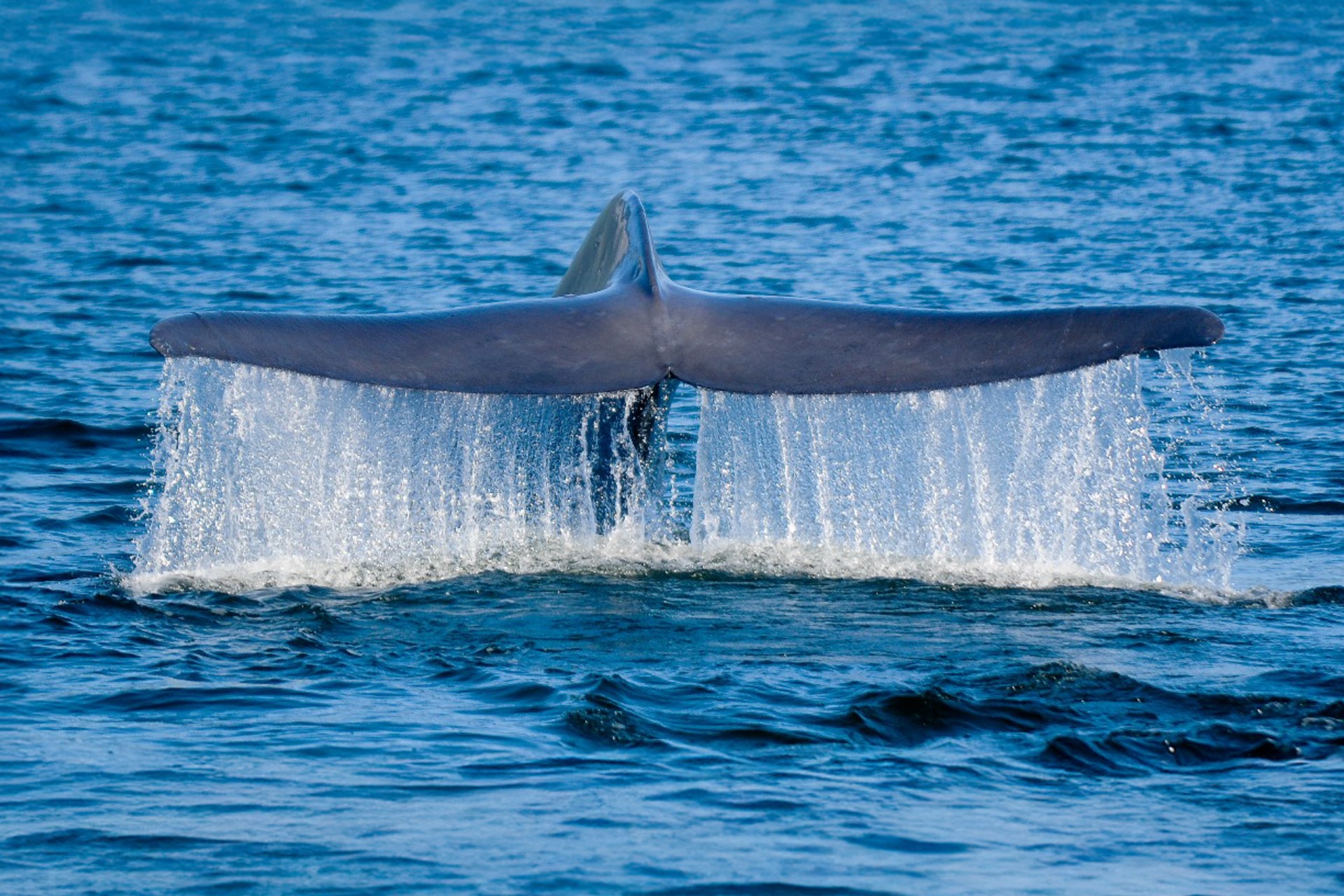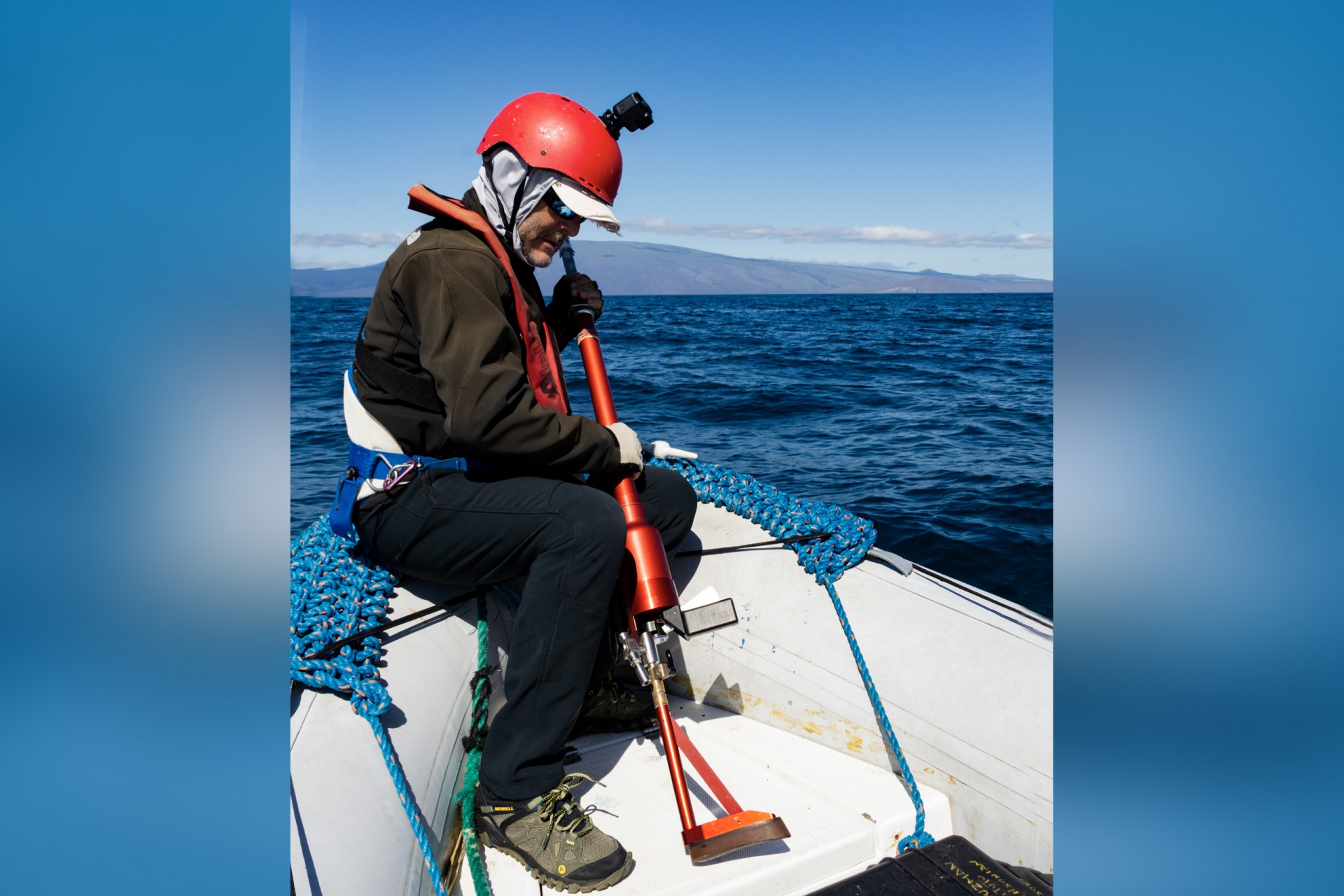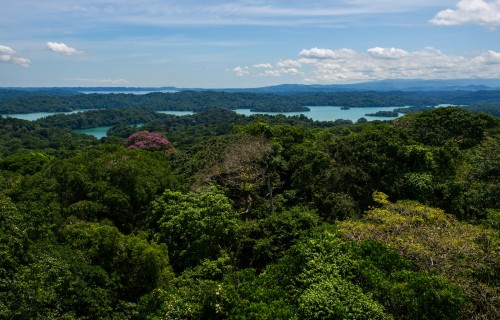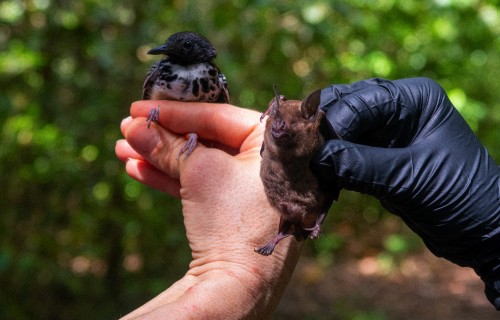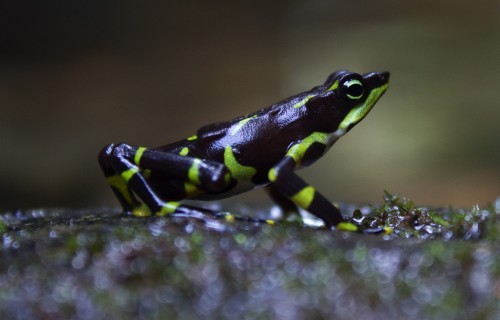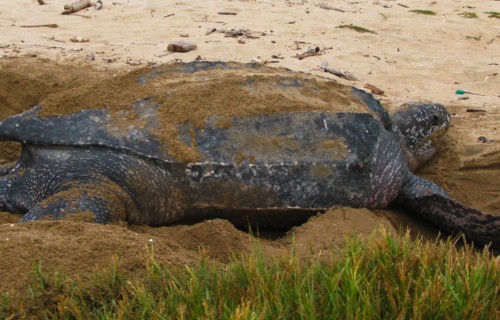Smithsonian science helps understand blue whale migratory and foraging patterns to inform conservation strategies
Magnificent
ocean giants
Tracking blue whales through
oceanic corridors.
By: Sonia Tejada
Blue whales, the largest animals on Earth, travel hidden ocean highways.
The elusive migration patterns of blue whales, Balaenoptera musculus, the ocean's gentle giants and the largest animals on Earth, continue to captivate scientists. A recent study tracking a single blue whale unveiled fascinating findings about its journey between the Galapagos Archipelago and the Frontal System off the Baja California Peninsula (FTBCP). This research provides valuable insights into how these whales interact with their dynamic environment and highlights the need for ongoing conservation efforts.
Despite being widely distributed across the Pacific Ocean, the migratory behaviors of blue whales in the Eastern Tropical Pacific (ETP) are still not fully understood. Two distinct populations—the Northeast Pacific (NEP) and Southeast Pacific (SEP) groups—pass through the region. The Northeast Pacific population migrates between the FTBCP and distant feeding areas in the Gulf of Alaska, while the Southeast Pacific group journeys toward feeding grounds along Chile’s coastline and ventures into Antarctic waters.
However, evidence suggests some overlap in tropical regions like the Galapagos Archipelago and Costa Rica Thermal Dome, where both populations rely on the high productivity and abundant food resources these areas offer. Genetic studies and acoustic analyses confirm that these two groups of whales are distinct, with individuals from the southern group rarely foraging in northern areas.
In this study, a blue whale measuring approximately 18 meters in length was tagged with a satellite transmitter near Fernandina Island in the Galapagos Archipelago. Researchers from the Smithsonian Tropical Research Institute, Hector M. Guzman and Rocio M. Estevez, employed tools like the Bayesian state-space model (BSAM) to trace its movements and hidden Markov models (HMMs) to classify its behavioral states. This whale provided critical data during its journey, offering a rare glimpse into migration dynamics in the ETP.
The whale displayed foraging behaviors in areas with cooler temperatures, higher primary productivity, and elevated chlorophyll levels. These conditions are ideal for supporting primary food resource for blue whales. Oceanographic features like cyclonic and anticyclonic eddies also played a significant role in shaping the whale's movements, enhancing nutrient availability, and boosting the food chain’s productivity.
The Galapagos Archipelago and Costa Rica Thermal Dome emerge as key regions in the study. These areas serve as crucial feeding and calving grounds and may act as ecological corridors for migrating whales. Both areas demonstrate the interplay of physical and biological processes that sustain blue whale populations.
While this research focused on the movement of a single whale, its findings have far-reaching implications for blue whale conservation. By identifying key feeding and potential breeding grounds, the study highlights the importance of protecting regions like the Galapagos Archipelago and Costa Rica Thermal Dome.
This study is a vital step toward decoding the intricate migratory behavior of blue whales in the Eastern Tropical Pacific Ocean. The findings underscore the urgent need for conservation efforts that account for these critical habitats by highlighting the ecological significance of tropical feeding grounds and oceanographic drivers like eddies. As our understanding of blue whale behavior deepens, so too does the opportunity to safeguard these magnificent creatures and the ecosystems they depend on.
The authors thank the Government of Ecuador, the Galapagos National Park, and the Galapagos Science Center (Universidad San Francisco de Quito).

